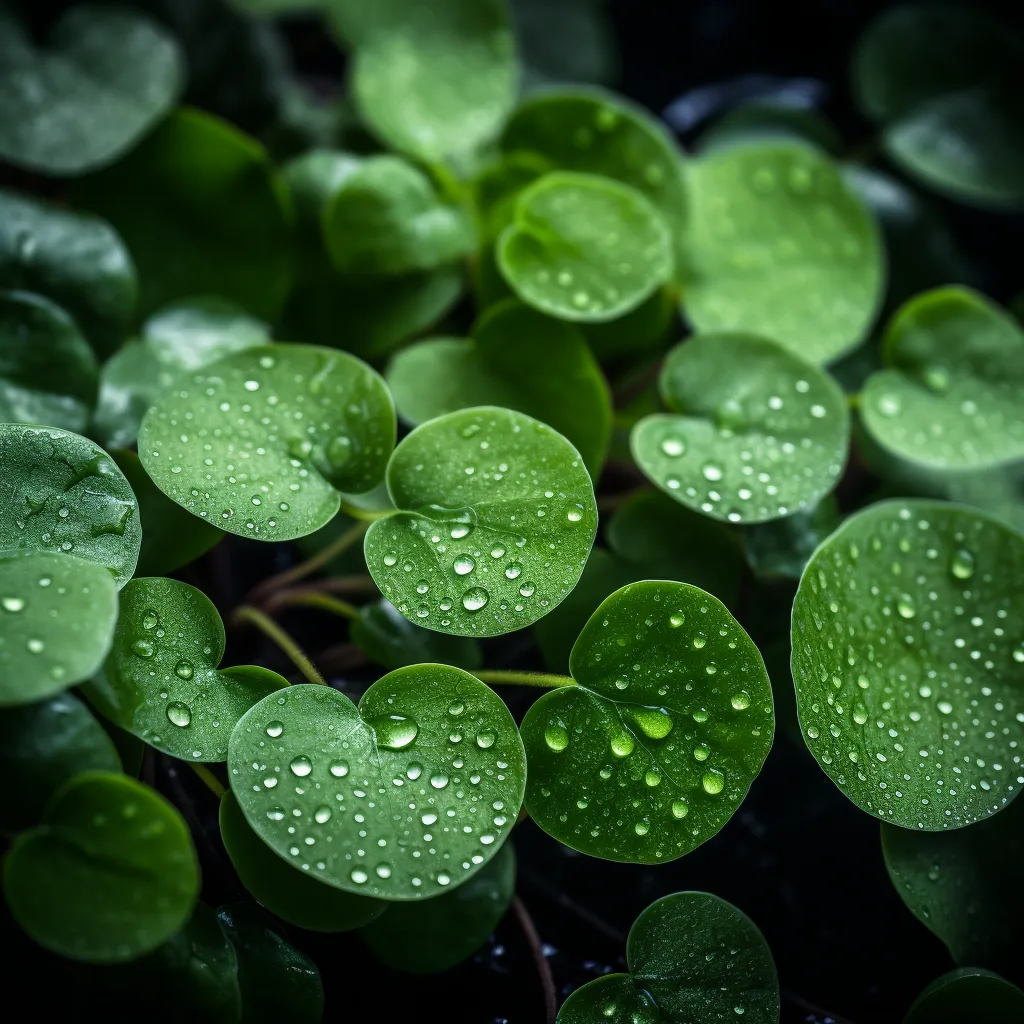Story of Day :
Contents
- 1 Pilea Peperomioides (Missionary Plant) Care Tips
- 2 Lighting Requirements
- 3 Watering and Humidity
- 4 Temperature Range
- 5 Soil Requirements
- 6 Fertilizing
- 7 Pruning and Propagation
- 8 Pest Control
- 9 Troubleshooting Common Issues If your Pilea’s leaves are turning yellow: This could be a sign of overwatering or inadequate drainage. Adjust your watering routine accordingly. If the leaves start drooping: It may be due to underwatering. Check the soil moisture and increase watering if necessary. If the leaves develop brown spots: Excessive direct sunlight can cause leaf burn. Move your plant to a spot with indirect light. Summary
Pilea Peperomioides (Missionary Plant) Care Tips
If you’re a plant enthusiast looking to add a touch of whimsy to your indoor garden, look no further than the Pilea peperomioides, commonly known as the Missionary plant or Chinese money plant.
This quirky little houseplant with its round, pancake-shaped leaves and upright stems is not only visually appealing but also relatively easy to care for.
In this article, we will provide you with valuable insights and tips on how to care for your Pilea peperomioides.
Lighting Requirements
The Pilea peperomioides thrives in bright indirect light.
While it can tolerate lower light conditions, it is best to place it near a north-facing window or at least 3-5 feet away from an east or west-facing window.
Direct sunlight can scorch its delicate leaves, so avoid placing it in direct sun.

Watering and Humidity
This plant prefers well-draining soil that allows water to flow through easily.
Overwatering can lead to root rot and other issues, so make sure the top inch of soil is dry before watering again.
During winter months when growth slows down, reduce watering frequency.
Pilea peperomioides enjoys moderate humidity levels between 40-50%.
If your home tends to be dry due to central heating or air conditioning systems, consider using a humidifier or placing the pot on a tray filled with water and pebbles.
Temperature Range

This houseplant prefers temperatures between 65-75°F (18-24°C).
Avoid exposing it to extreme temperature fluctuations and drafty areas.
If the temperature drops below 50°F (10°C), the plant may suffer damage.
Soil Requirements
Pilea peperomioides thrives in well-draining soil that retains some moisture but doesn’t become waterlogged.
A mixture of potting soil, perlite, and peat moss works well for this plant.
Fertilizing

To keep your Pilea peperomioides healthy and vibrant, fertilize it every two weeks during the growing season with a balanced houseplant fertilizer diluted to half strength.
Avoid overfertilizing as it can lead to nutrient burn.
Pruning and Propagation
Regular pruning helps maintain a compact shape and encourages new growth.
Use clean, sharp scissors or pruning shears to remove any yellowing or dead leaves.
You can also propagate your Pilea by taking stem cuttings with at least two leaf nodes and placing them in moist potting mix or water until roots develop.
Pest Control

Pilea peperomioides is generally resistant to pests, but occasionally you may encounter mealybugs or spider mites.
Inspect your plant regularly for signs of infestation such as webbing, white cottony clusters, or tiny crawling insects.
If detected early, you can use an insecticidal soap or neem oil spray to control the pests.
Troubleshooting Common Issues
- If your Pilea’s leaves are turning yellow: This could be a sign of overwatering or inadequate drainage.
Adjust your watering routine accordingly.
- If the leaves start drooping: It may be due to underwatering.
Check the soil moisture and increase watering if necessary.
- If the leaves develop brown spots: Excessive direct sunlight can cause leaf burn.
Move your plant to a spot with indirect light.
Summary
The Pilea peperomioides, or Missionary plant, is an ideal addition to any indoor garden due to its unique appearance and relatively low maintenance requirements.
By following these care tips, you can ensure that your Pilea thrives in its environment, bringing joy and greenery into your home.
Adjust your watering routine accordingly.
Check the soil moisture and increase watering if necessary.
Move your plant to a spot with indirect light.